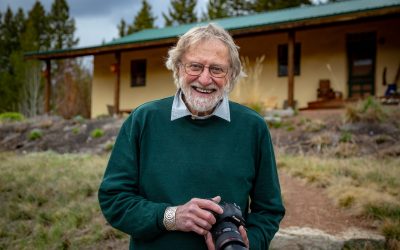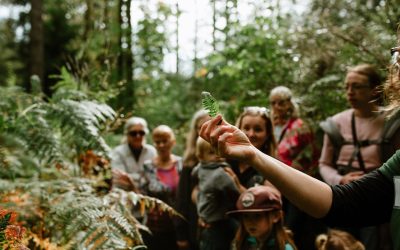When William Price, South African (SA) Tourism’s global manager of digital, stood in front of a room full of international DMO members in Rovaniemi, Finland a couple of years ago, he delivered a keynote that gave everyone in the room permission to fail. Or, rather, to “fail forward”.
“We have to be in a position where we take the time to take risks,” he said, simply. “SA Tourism has made a commitment to making bold marketing decisions and fostering a culture of creativity.”
“Learning can only be done when you make mistakes,” he said. “All we’ve done was experiment.” Having a strategy is essential – it just might need rethinking. “Strategy is the thing that people talk about,” said Price, “but it’s the what, not the why. We paid attention to the why. Why are we doing what we’re doing online?”
“Sometimes, that means saying no to certain things. It’s as important about learning about what to say yes to.”
So SA Tourism committed to taking the approach of learning through experimentation.
The creativity of constraints
“Constraints create the opportunity for better creativity. In a tight environment, where you have lots to do and zero budget to do it in, that’s where real creativity starts. If you don’t have tight constraints, you’re going to do what everyone else does, the way that everyone else does,” said Price. “When you start asking yourself questions like ‘if I had all the money in the world, what would I do?’, that’s not as interesting as: ‘if I need to do this with no money, how do I do it?’”
Make responsible decisions, but don’t ask for permission
Instead of asking for permission first (“It makes little sense. No-one understands what we do and how we do it”), Price’s team started on a smaller scale, made responsible marketing decisions typically focused around a single “big idea” that all elements could tie back to (“we’re trying to have our organization move away from campaigns,”), and measured at every step. All marketing decisions had to fit three criteria: “Make it easy for people to find, make it easy for people to do, and make it easy for people to share.”
Then they shared their results. It was, hinted Price, much easier to demonstrate success with direct examples and data, rather than demonstrating the promise of success through conceptual ideas.
The results proved the principles. In one year, SA Tourism’s website traffic grew 43% and its Twitter presence continues to stay among the top echelon of destination accounts.

Image credit: AndrewMoore, Flickr
So besides being brave and remembering to have fun (it fuels creativity, galvanizes a team and reflects the fact they are marketing holidays to people, he said), what’s Price’s advice to DMO faced with pressure from all directions?
“It’s up to you. It’s up to you to get it done, to make sure you pay attention to the why. Don’t get overwhelmed by the what. Pay attention to what consumers need. Pay attention to how you communicate inside your organization, how you lead and guide your teams and how you make sure that with the work you do, you can stand back and be proud of it.”










0 Comments